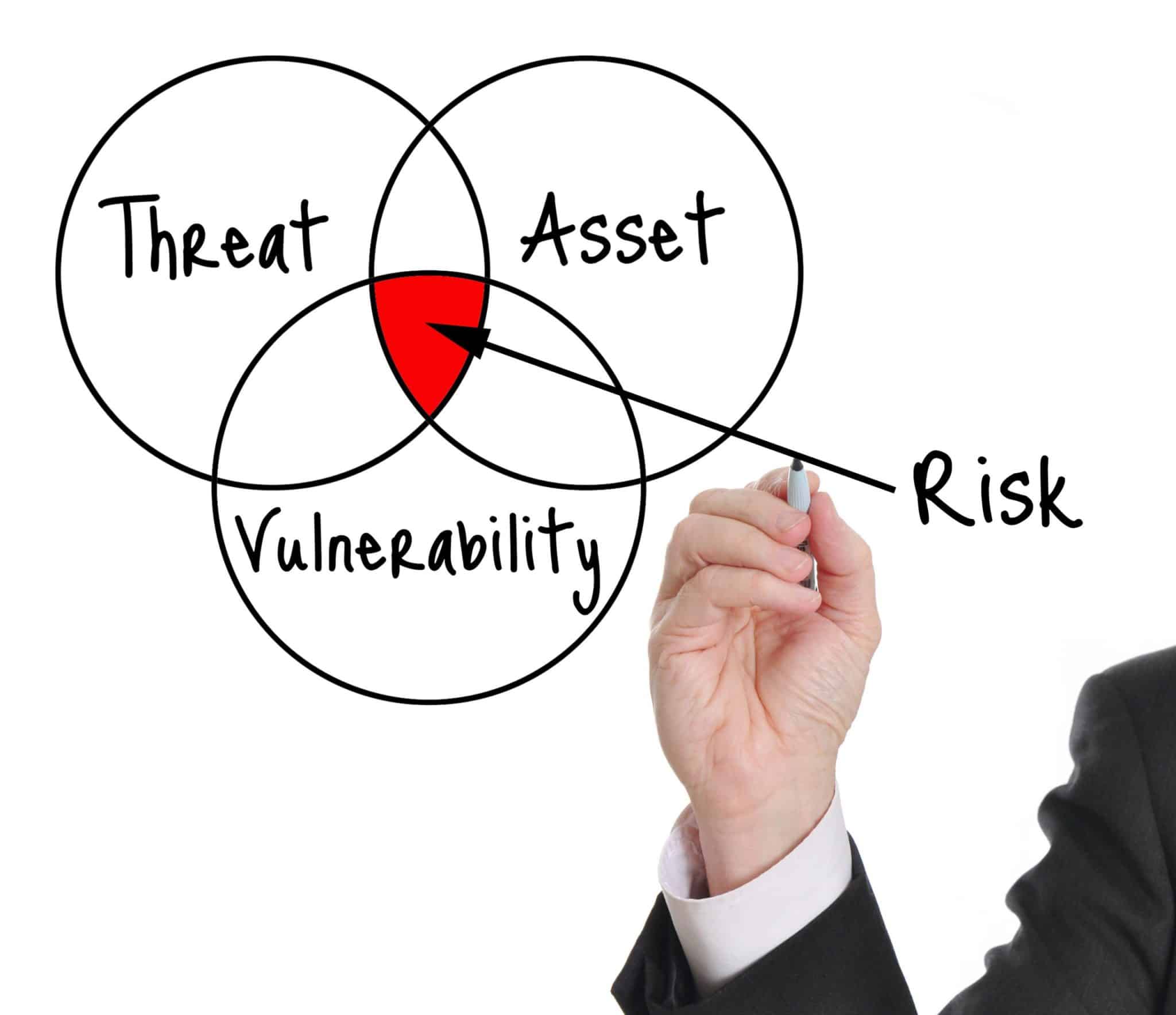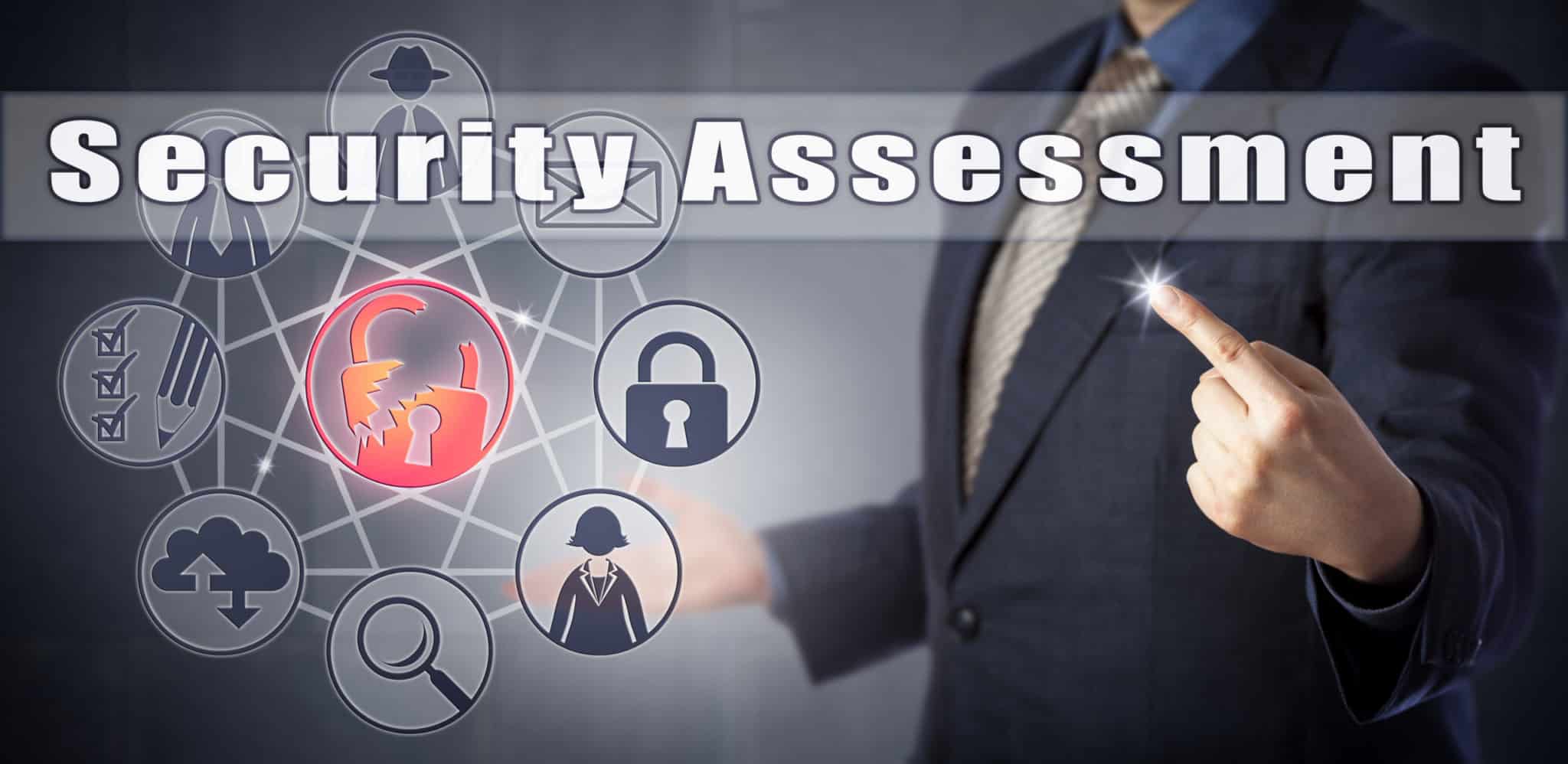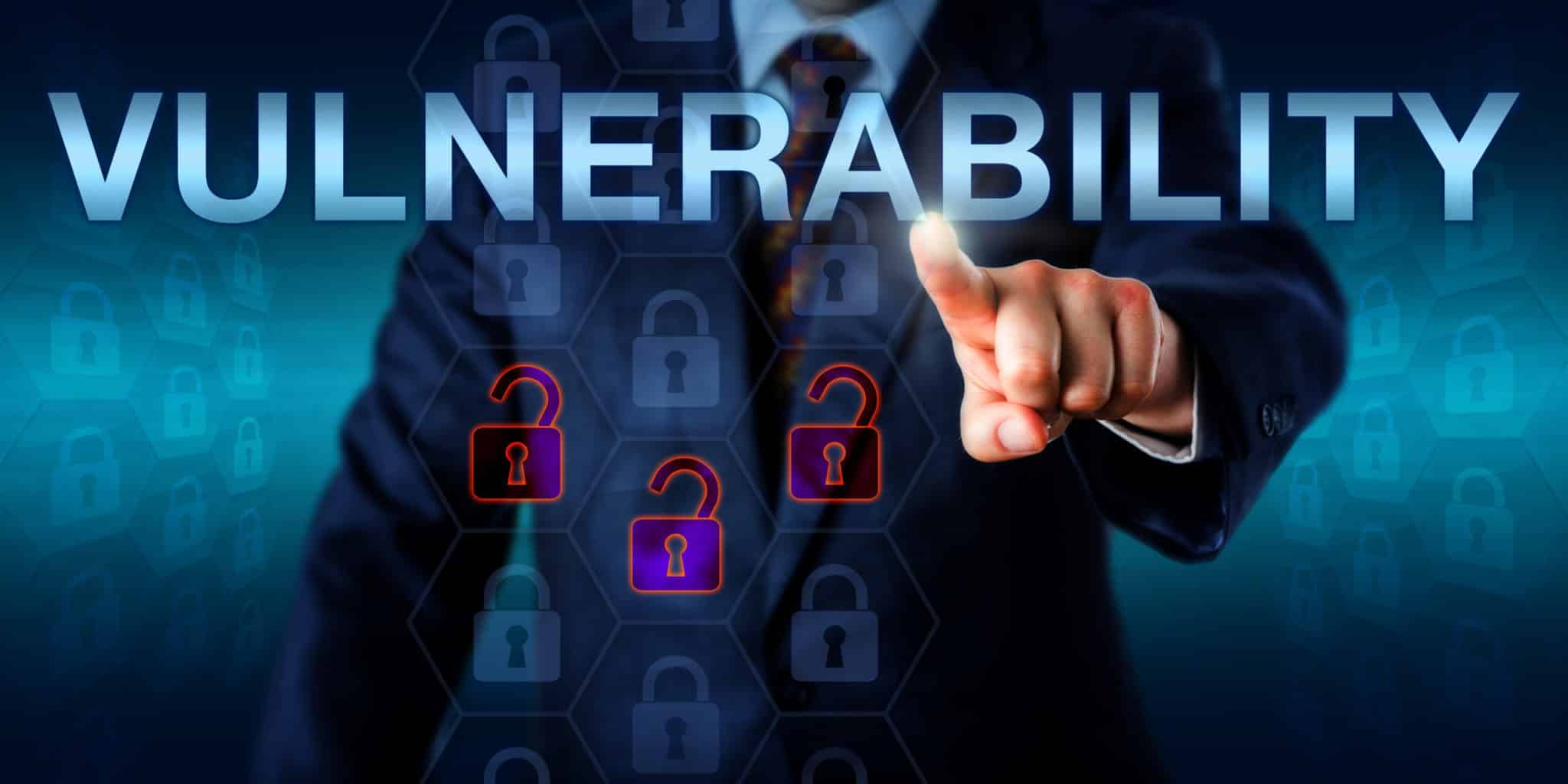Do you run a small business? If so, understanding the vulnerability management lifecycle is more important now than ever.
Vulnerability management (VM) is essential to protecting your organization’s cyber security and reducing the risk of cyberattacks.
As we embark on a new year, it’s time to re-evaluate your VM strategy and ensure it’s running smoothly going into 2023.
With that in mind, here’s a guide to understanding the entire cycle of managing vulnerabilities so that you can feel confident about where your company stands regarding cybersecurity.
What is Vulnerability Management?
A vulnerability management solution is a comprehensive approach to managing a computer network’s potential security risks and weaknesses. It involves identifying, classifying, remediating, and mitigating software applications and hardware systems vulnerabilities.
VM is an ongoing process that begins with identifying any potential security vulnerabilities in the system, followed by their classification as either exploitable or non-exploitable. This classification helps inform how to respond to them through either patching or mitigating measures.
Once identified, it is important to determine which ones apply to the current environment and take steps to remediate relevant ones.
Remediation can include the following:
- Applying patches or updates immediately
- Implementing additional controls, such as firewalls or antivirus software
- Deploying host-based defense tools, such as intrusion detection systems
VM also focuses on mitigating operations by regularly scanning for newly discovered threats and ensuring the proper level of protection against known threats implemented across all systems.
Organizations must maintain an up-to-date database of vulnerabilities along with reliable processes for risk assessment and response so they can quickly detect suspicious activity before it becomes too late.
Vulnerability Vs. Risk Vs. Threat
Vulnerability, risk, and threat are three distinct yet interrelated concepts in cybersecurity that can help protect your business. Vulnerability refers to a flaw or weakness in a system’s design or implementation that a malicious actor could exploit.
Risk is the likelihood of an attack exploiting the vulnerability, while the threat is the potential damage or harm resulting from such exploitation.
For organizations to effectively manage their cyber security posture, they need to understand the vulnerabilities within their environment and the associated risks and threats posed by these weaknesses.
As an organization identifies a vulnerability within its environment, it should assess the likelihood of the vulnerability being exploited and the potential impact should it be successfully attacked. Risk assessment is essential to prioritize remediation efforts and allocate resources appropriately.

For instance, if there is a high likelihood that an identified vulnerability will be easily exploited, then security teams should address this issue before those with lower risk scores. In some cases, there may be multiple vulnerabilities with similar levels of risk.
In addition to understanding risk scores for individual vulnerabilities, organizations must also comprehend how different threats interact with each other and cumulatively affect their overall cyber security posture. Attackers can chain together multiple exploits to breach systems or networks.
Organizations must understand how different threats play off each other to determine the defense measures necessary for a comprehensive security strategy. Businesses should also consider both active and passive threats when assessing and planning defenses against potentially damaging attacks.
Ultimately, VM lifecycles require situational awareness across both technical and non-technical aspects to ensure full coverage against any type of attack vector or malicious actor that may target an organization’s assets.
Categorizing Vulnerabilities
Categorizing vulnerabilities is an essential part of the VM lifecycle. It allows security teams to assess risk profiles and prioritize remediation efforts while preventing cyber criminals from attacking your business.
Vulnerabilities can be classified in several different ways, including the following:
- Severity
- Asset Type
- Attack Surface
The Common Vulnerability Scoring System (CVSS) is a useful tool for assessing the severity of a given vulnerability and determining whether it should be addressed immediately or mitigated later. It assigns each vulnerability a score on a scale of 0-10, with ten being the most severe.
| CVSS Score | Severity Rating |
| 0.0 | None |
| 0.1-3.9 | Low |
| 4.0-6.9 | Medium |
| 7.0-8.9 | High |
| 9.0-10.0 | Critical |
Attack surface refers to the number of potential entry points an attacker might use to access system resources and data. Lastly, asset type refers to which physical or virtual assets are affected by the vulnerability.
Knowing the asset type can help security teams focus their vulnerability remediation activities on specific areas of the infrastructure where they are most needed.
Categorizing vulnerabilities helps ensure that security teams can accurately identify, assess, prioritize, and address potential risks quickly and effectively.
The Vulnerability Management Lifecycle
The VM lifecycle is a vital process for ensuring the security of an organization’s systems and networks. It can also help you determine how secure your small business is against cyber theft.
This cycle consists of five distinct stages:
- Assessment
- Prioritize
- Act
- Reassessment
- Improve
1. Assessment
The VM lifecycle assessment stage is critical for adequately mitigating vulnerabilities. This stage typically involves identifying and measuring the risks associated with software and hardware to determine potential exploits and weaknesses in an organization’s IT infrastructure.
The assessment process must consider the threats from internal and external sources and any changes to the security posture of systems or networks. During this stage, organizations should consider past experiences, compliance requirements, industry best practices, system complexity, and available resources.
The assessment should include scanning network assets and applications for common vulnerabilities and exposures and evaluating any new risks associated with changes in technology or innovation.

Organizations will often leverage automated tools such as vulnerability assessments and penetration testing solutions to identify unknown risks or threats. Once identified, organizations must prioritize their findings so they can promptly begin implementing remediation efforts.
Additionally, organizations can quickly respond to high-priority issues by developing a risk score for each finding based on its severity level while monitoring lower-priority items over time.
Finally, regular review cycles should be established so the risk profile is constantly monitored and updated accordingly without starting from scratch during every assessment cycle.
2. Prioritize
Prioritizing is a crucial step in the vulnerability management lifecycle as it helps ensure that resources and efforts are used most effectively. The process involves ranking threats according to their severity, with those presenting the greatest risk to the organization given priority.
This step is done by evaluating the potential impact of each vulnerability on an asset or system, including disruption of service, data loss, financial losses, privacy issues, compliance risks, and reputational damage. Additionally, any dependencies that exist between vulnerabilities should be taken into account when prioritizing them.
Factors such as ease of exploitation and difficulty of mitigation also need to be considered when deciding which vulnerabilities should take precedence.
By prioritizing vulnerabilities in this way, organizations can focus their security capabilities on the areas with the greatest risk of attack or compromise.
3. Act
The act stage of the VM lifecycle is the most important step in the VM lifecycle. Organizations must identify and address potential vulnerabilities during this stage by developing and implementing appropriate countermeasures.
To do this effectively, organizations should create an inventory of their assets and resources and assess any risks they may be exposed to. This process includes assessing threats, analyzing risk levels, and evaluating existing control measures.
Once risks have been identified, action must be taken to reduce or eliminate them. This may include patching systems, updating software or hardware components, or creating policies to ensure proper security practices are followed.
Organizations should also document any changes made during this stage to track progress and monitor the ongoing performance of security systems. Additionally, regular training sessions for employees can be beneficial in ensuring that all staff members understand how to properly handle sensitive data or detect malicious activity on the network.
4. Reassessment
The reassessment phase of the VM lifecycle is important in ensuring that systems are secure and potential security issues can be identified and addressed promptly. This stage involves looking at existing systems, identifying new ones, and re-evaluating security gaps that may have been missed or overlooked during the earlier stages.
During this phase, organizations should take the time to review their current processes, procedures, technologies, and other components to ensure their security posture is up to date. Reassessments should look at the overall risk profile of an organization as well as its current security posture to identify areas where there may be weaknesses.
Organizations should also consider implementing additional controls to reduce the risk of being exposed to vulnerabilities or cyberattacks. They should also pay close attention to emerging threats and new technology trends that could lead to new attack vectors or compromise existing solutions.
By taking the time to reassess their security posture every few months or more frequently if needed, organizations can stay one step ahead of potential threats and continue to effectively manage their security landscape.
5. Improvement
The improvement stage of the vulnerability management lifecycle is another crucial phase of any organization’s security strategy. This step allows an organization to measure the effectiveness of the previous stages while providing the necessary information to improve and further strengthen its systems.

During this phase, analyzing existing workflows and processes is important to identify any weaknesses or gaps that malicious actors could potentially exploit. Additionally, all parties should strive to improve incident response times and capabilities and increase collaboration between security teams within the organization.
Organizations must ensure that their remediation processes are regularly updated based on new threats and vulnerabilities. Additionally, organizations must assess whether any additional tools or services may be necessary for improved cyber security.
Overall, through proper analysis and evaluation during the improvement stage of the VM lifecycle, organizations can effectively reduce risks associated with cyberattacks and maintain high levels of digital security.
Wrap Up
The vulnerability management lifecycle is important for any organization or business in 2023. It is essential to monitor and manage threats and assess risks throughout the entire organization.
The lifecycle allows organizations to remain prepared for potential threats, including those that have yet to be identified. With a thorough understanding of the VM lifecycle, companies can more effectively manage security risks and ensure protection against malicious attacks.
Are you a business owner interested in the vulnerability management lifecycle? Do you have any questions about the VM lifecycle? Let us know in the comments below!

